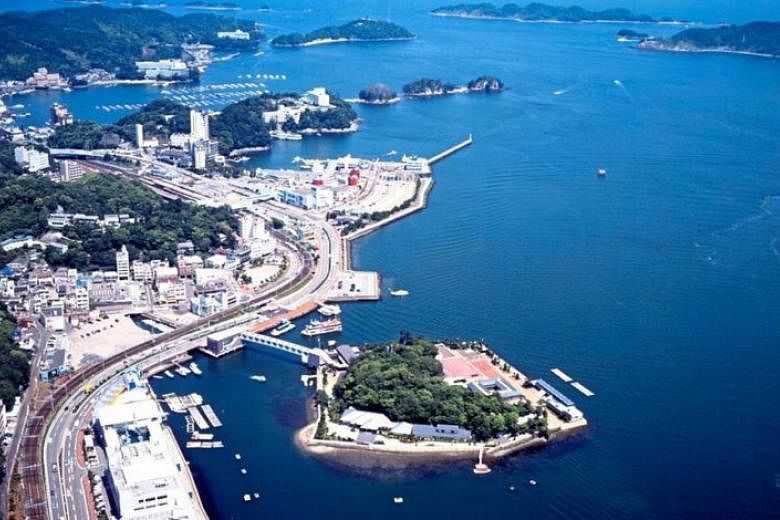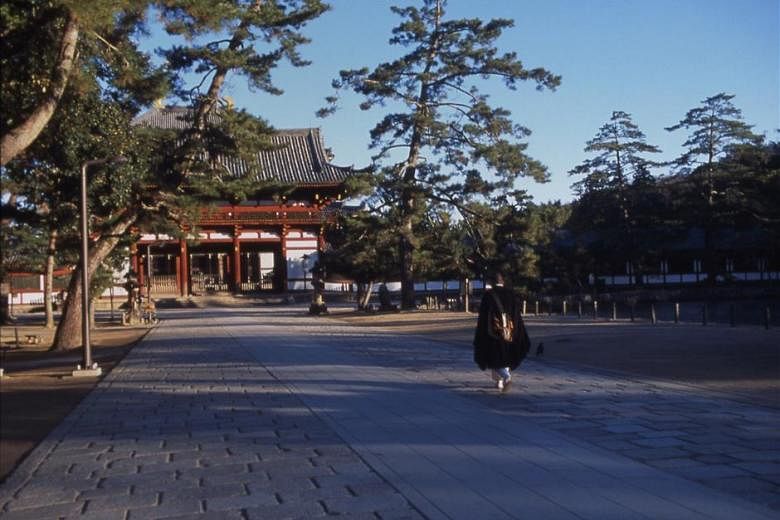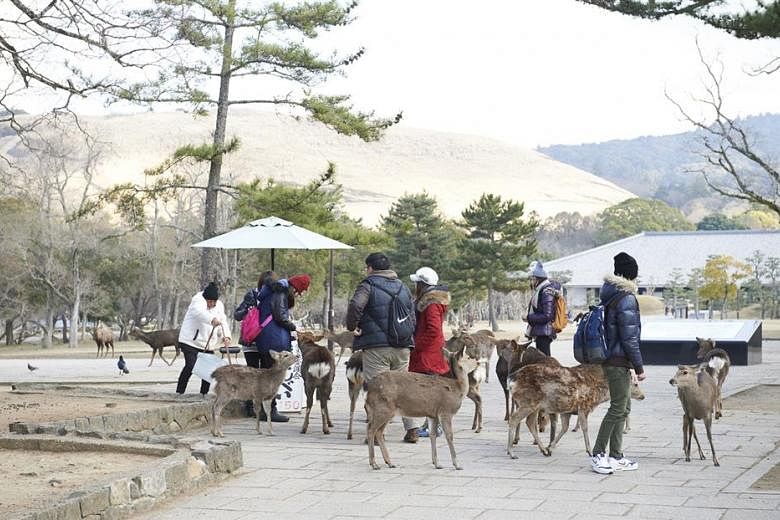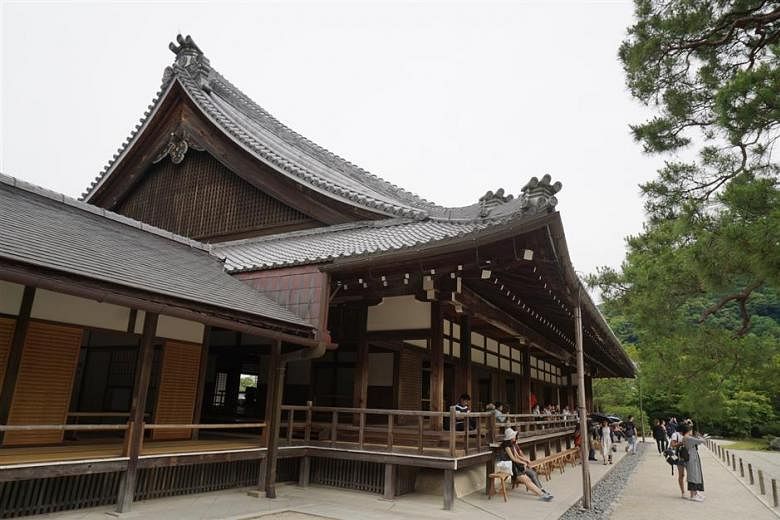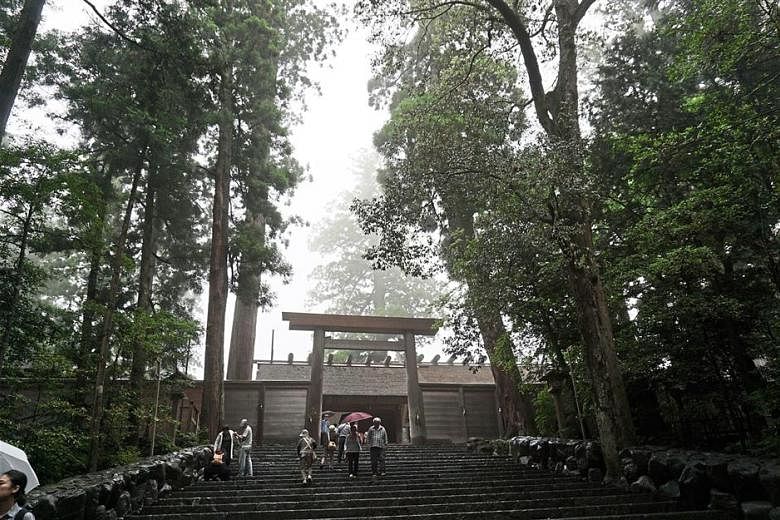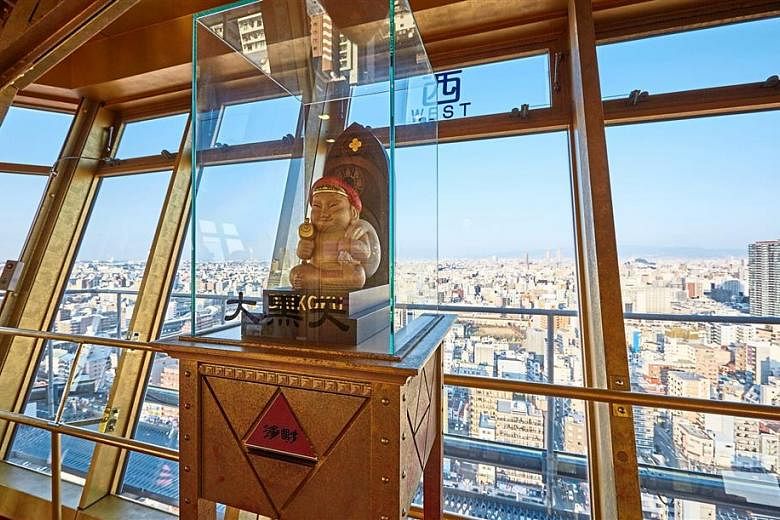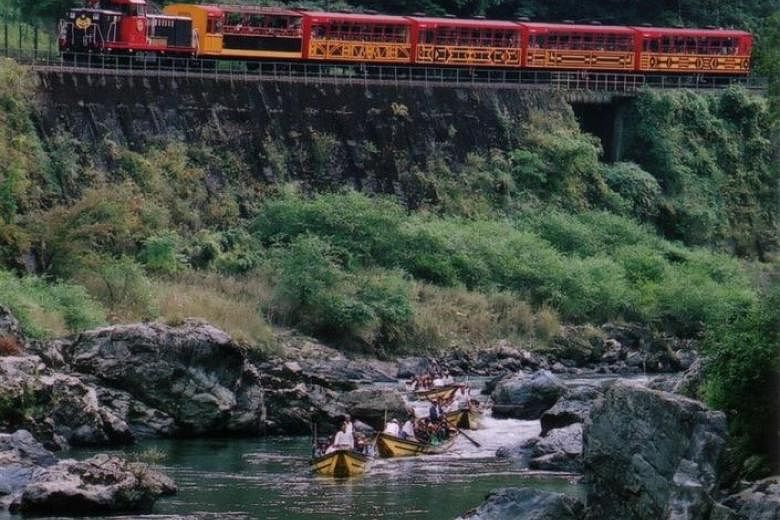JAPAN (THE STAR/ASIA NEWS NETWORK) - The Land of the Rising Sun is famous for its sprawling metropolises, mind-boggling technological advances, congested streets and people always on the move, focused solely on their duties.
But there is another Japan, a place where the buildings are dainty, traditional, mostly wooden and surrounded by natural splendour. A place where people walk at a leisurely pace and actually take time out to smell the flowers.
Welcome to Kansai, the south-central region of Honshu island, often referred to as the cradle of Japanese culture.
Here, one will be awestruck by the gentleness and politeness of the people when they interact with one another. This, perhaps, has something to do with the pride they have in their cultural heritage. And it is best observed during visits to the numerous cultural sites teeming with mostly Japanese visitors as well as the odd number of foreign tourists.
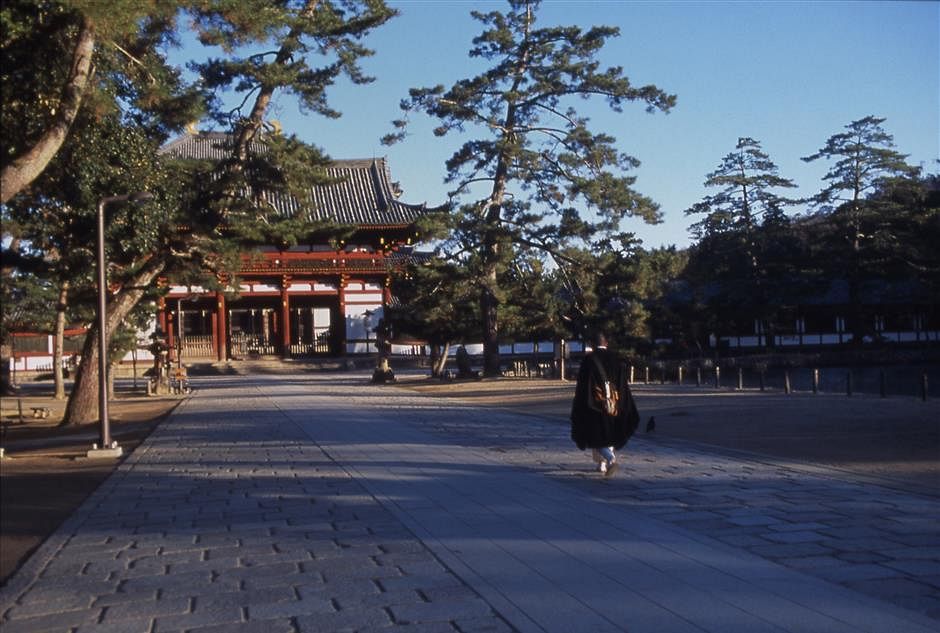
Serenity rules
One good example is the Todaiji Temple in Nara prefecture. When this writer was there, this famous place of worship was filled with crowds lining up to climb the numerous steps to get inside.
The building is majestic. After all, it is the world's largest wooden structure. Inside is one of Japan's largest bronze sitting Buddha statues (15m tall), flanked by two Bodhisattvas.
What struck me was that most of the visitors were schoolchildren on excursions. They reverently toured the massive main hall, eager to learn about its history. It appeared to me that, from young, the Japanese are taught to honour and respect their heritage.
The serenity of the temple was amplified by its surroundings.
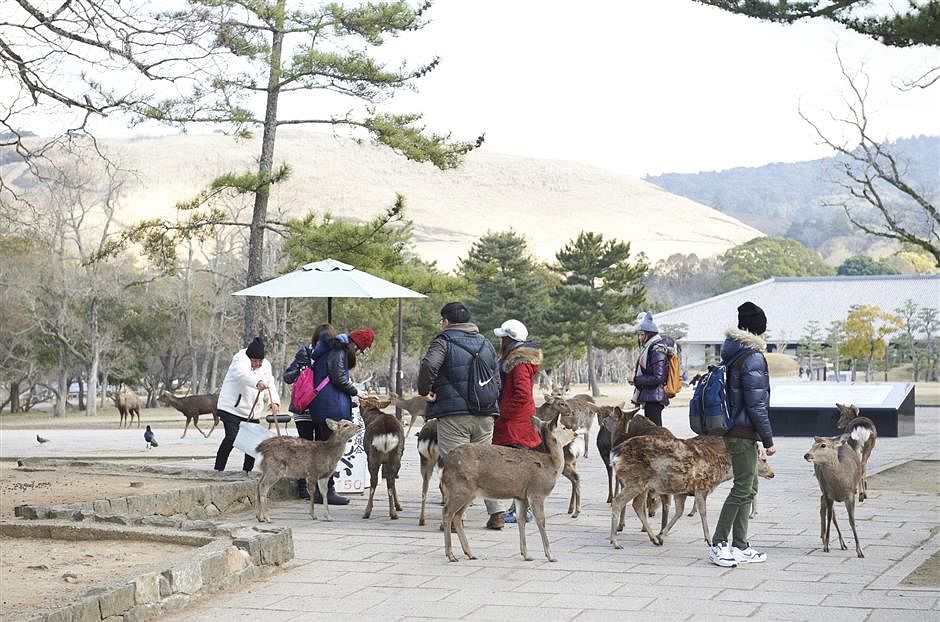
During the long walk from the entrance through the Nandaimon Gate - a large wooden gate watched over by two fierce-looking statues - one encounters numerous Sika deer nudging up to visitors, seeking snacks. And fed they are, as visitors take the opportunity to snap pictures of themselves petting these gentle creatures that live in the park.
Another famous landmark is the Tenryu-ji Temple in Kyoto. This wooden structure is surrounded by luscious greenery, flowers and a large pond filled with carp - all of which contribute to an atmosphere of serenity. And yes, people actually take leisurely strolls and stop to smell the flowers! The area is sited within a bamboo forest which visitors can hike through.
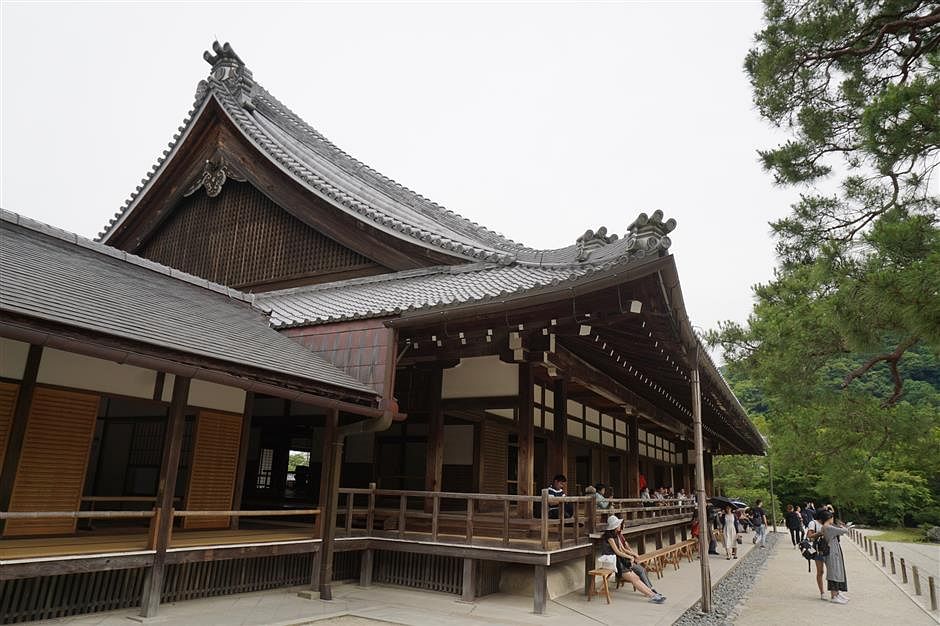
Did I mention serene?
The Isse jingu or Ise Grand Shrine, situated in Mie Prefecture, which we visited on the fifth day of our media trip, is the one place where I most felt at peace and one with nature during the entire trip.
This is one of the Shinto religion's most holy shrines dedicated to the sun goddess Amaterasu and said to contain Yata no Kagami, a sacred mirror which was handed down to her descendants - Japan's imperial family.
We did a lot of walking during our trip. Being the oldest and asthmatic, I struggled to keep pace with the three young women in my group. So my tour guide advised me to begin my walk earlier than the others.
I was spellbound by the sheer beauty of the greenery and the vast area of Japanese cedars within the complex and the surrounding forests.
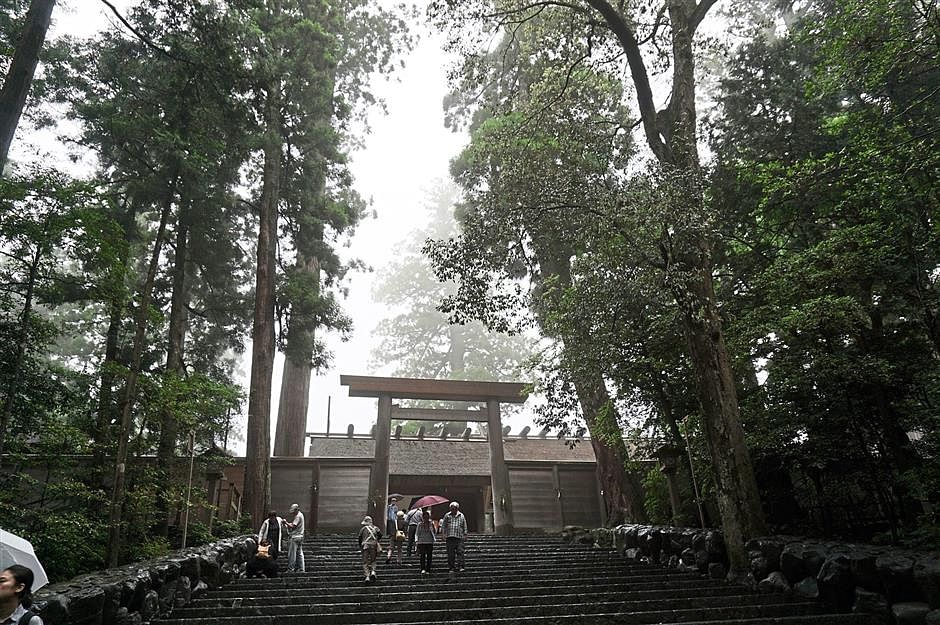
I felt strangely energised, and completed the walk around the complex without difficulty. I was already on my way out just as the tour guide and the other journalists were walking in!
The Japanese believe that the trees are inhabited by kami (gods); those visiting the shrine reverently touched them.
City sights and nature
To backtrack a bit… When our group arrived in Kansai airport, it was morning and we could not check into the hotel.
The tour guide who was assigned to our group told us that we would start the tour immediately by visiting the Tsutenkaku Tower located in the Shinsekai district of Naniwa-ku, Osaka.
From the hotel, we walked to a nearby station and boarded a commuter train to the place.
At the tower, we made our way to the fifth floor which houses the world-famous Billiken statue (God Of Things As They Ought To Be). Billiken, it is said, was designed by an American artist who had a "divine" dream.
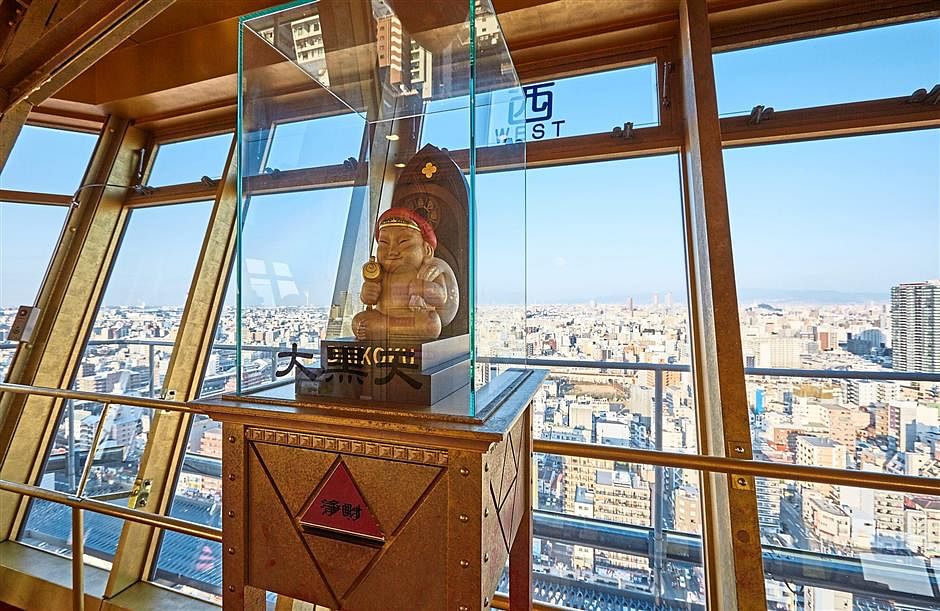
It was first displayed at a theme park which had been located near the tower; it became popular with visitors who believed it could bestow good luck. Crowds kept streaming in, with young and old rubbing the idol's feet and making wishes.
We then made our way, on foot, to traditional small shops in Shinsekai, where we had lunch.
After our meal, the guide told us that we had free time and we could visit the Dotonbori shopping centre which was a 30-minute walk away.
Later, we took a train to the Kita district and then walked quite a distance to the Umeda Sky Building, a spectacular high-rise building. On the 40th floor is a floating garden with a stunning 360-degree view of the city.
But even more amazing was the night view from the Sky Restaurant on the 50th floor of the hotel we were staying in.
When in Japan, do as the Japanese do. On Day Four of the trip, we took a two-train journey to Nara-machi, where we had the opportunity to try on and walk about in kimonos.
Putting one on can be quite time-consuming. First, you have to wear a sort of undergarment, something akin to a mini Long John but made of cotton.
Then a light inner kimono is worn, sash and all. After that, the actual kimono goes on.
It was not difficult to walk around in it, but the real challenge was when I had to go to the toilet. I gave up and went back to the shop we had hired the garment from and changed back into my clothes.
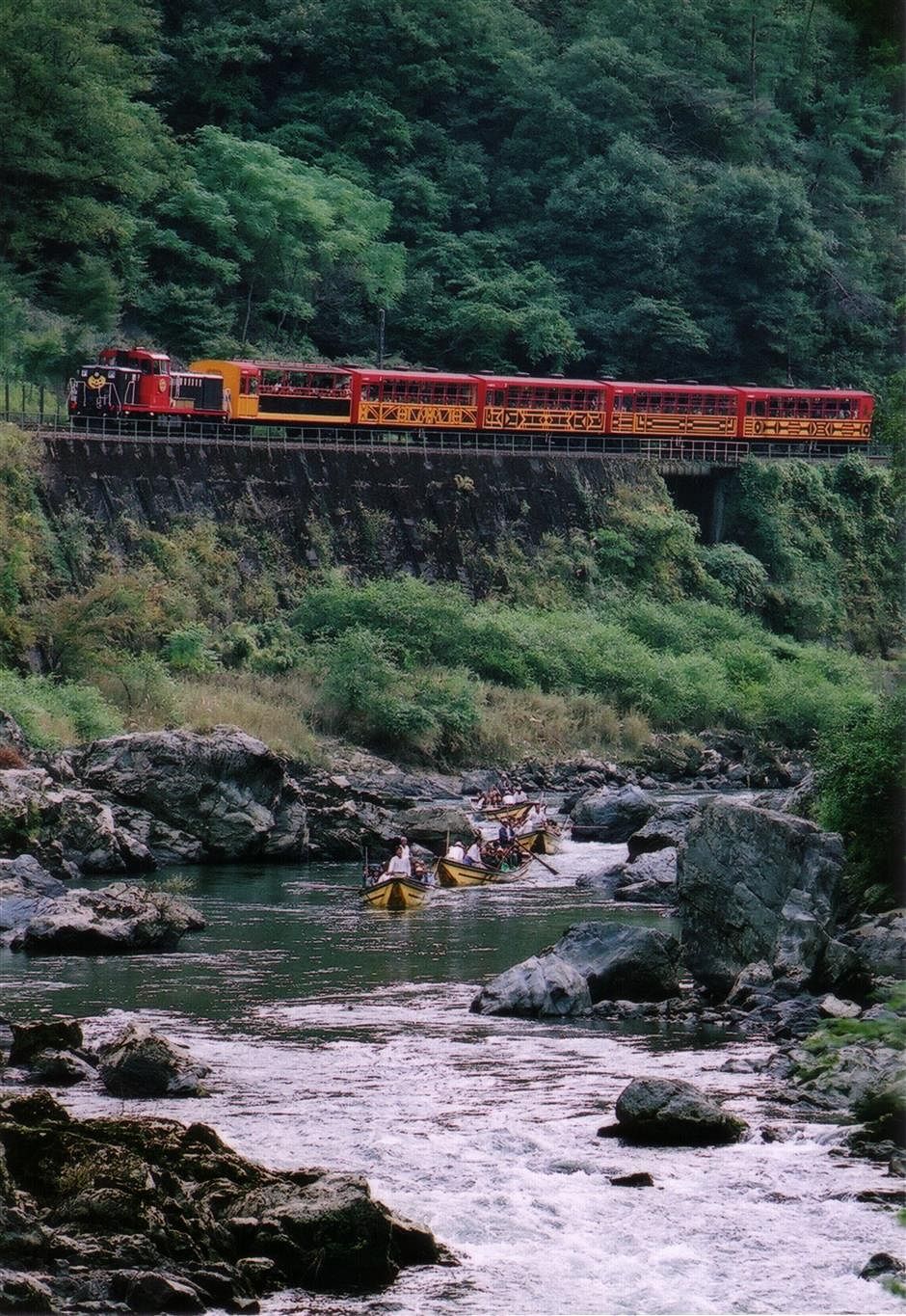
During the trip, we were taken to popular tourist spots. In Kyoto, we went for a ride on the antique Sagano Romantic Train.
The natural scenery we passed was pleasant to the eye. Afterwards, we took the Hozugawa River Boat ride. The boatmen use long poles to move the craft forward, and away from the rocks.
Another famous tourist spot is the Mikimoto Pearl Island in Ise Bay, which is off the shore of Toba, Mie prefecture.
Here, one gets to see a demonstration by the famous Ama - female free-divers who collect oysters containing pearls which are cultured underwater.
On the island is also a museum where one can learn the history and see samples of cultured pearls.
A visit to Kansai is an eye-opener and one that should not be missed by those who are into nature or wish to learn about other cultures.
